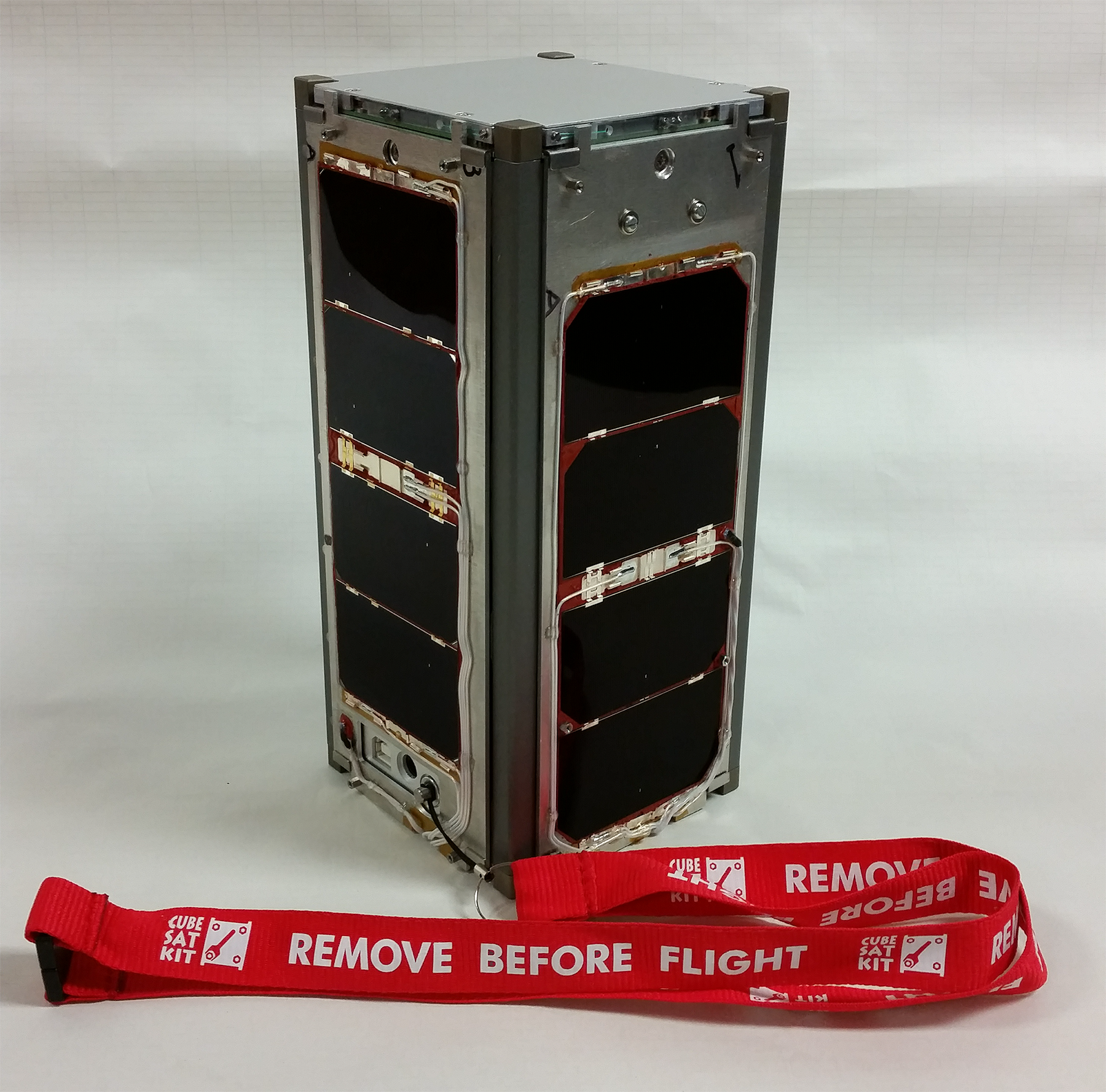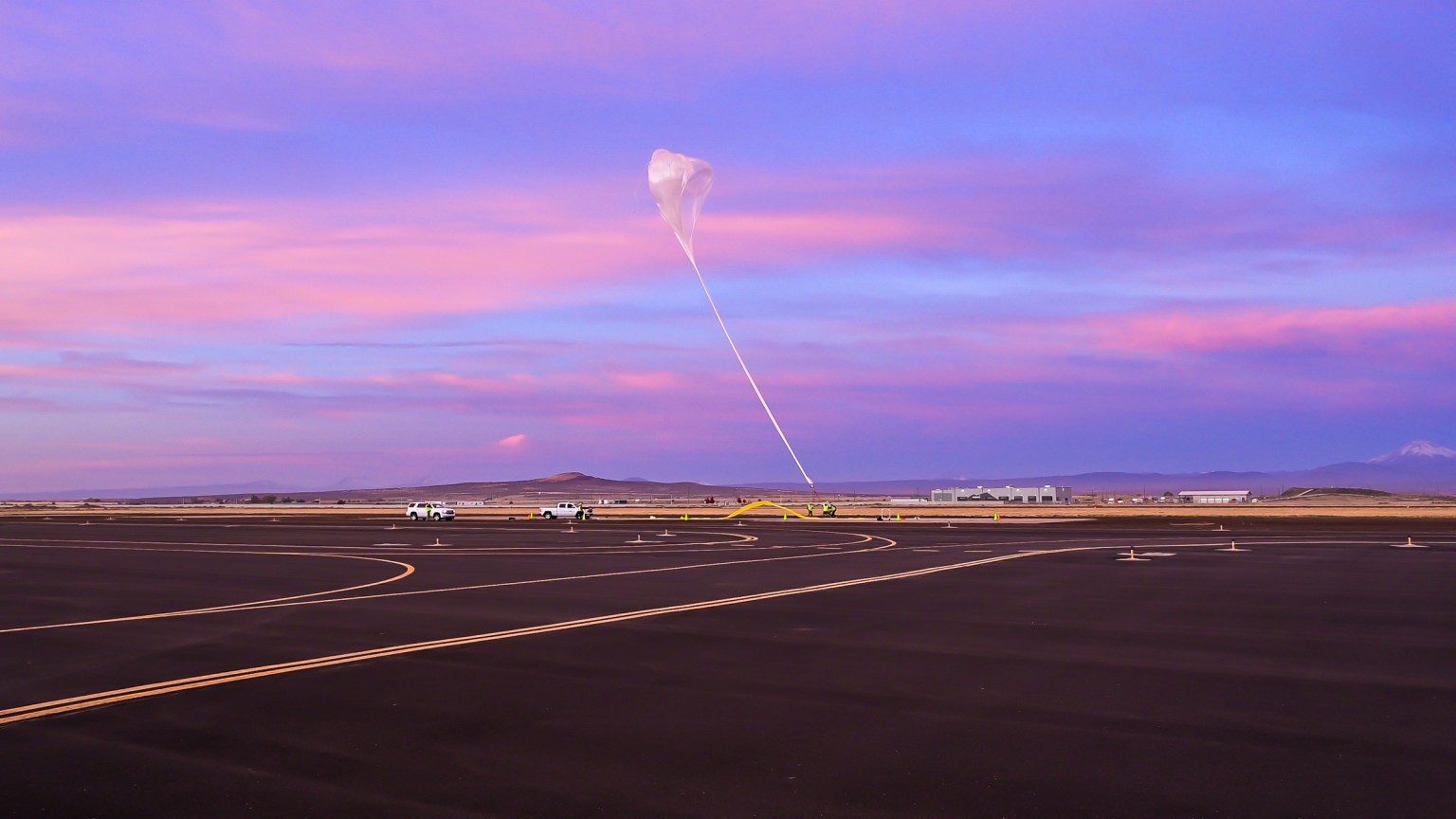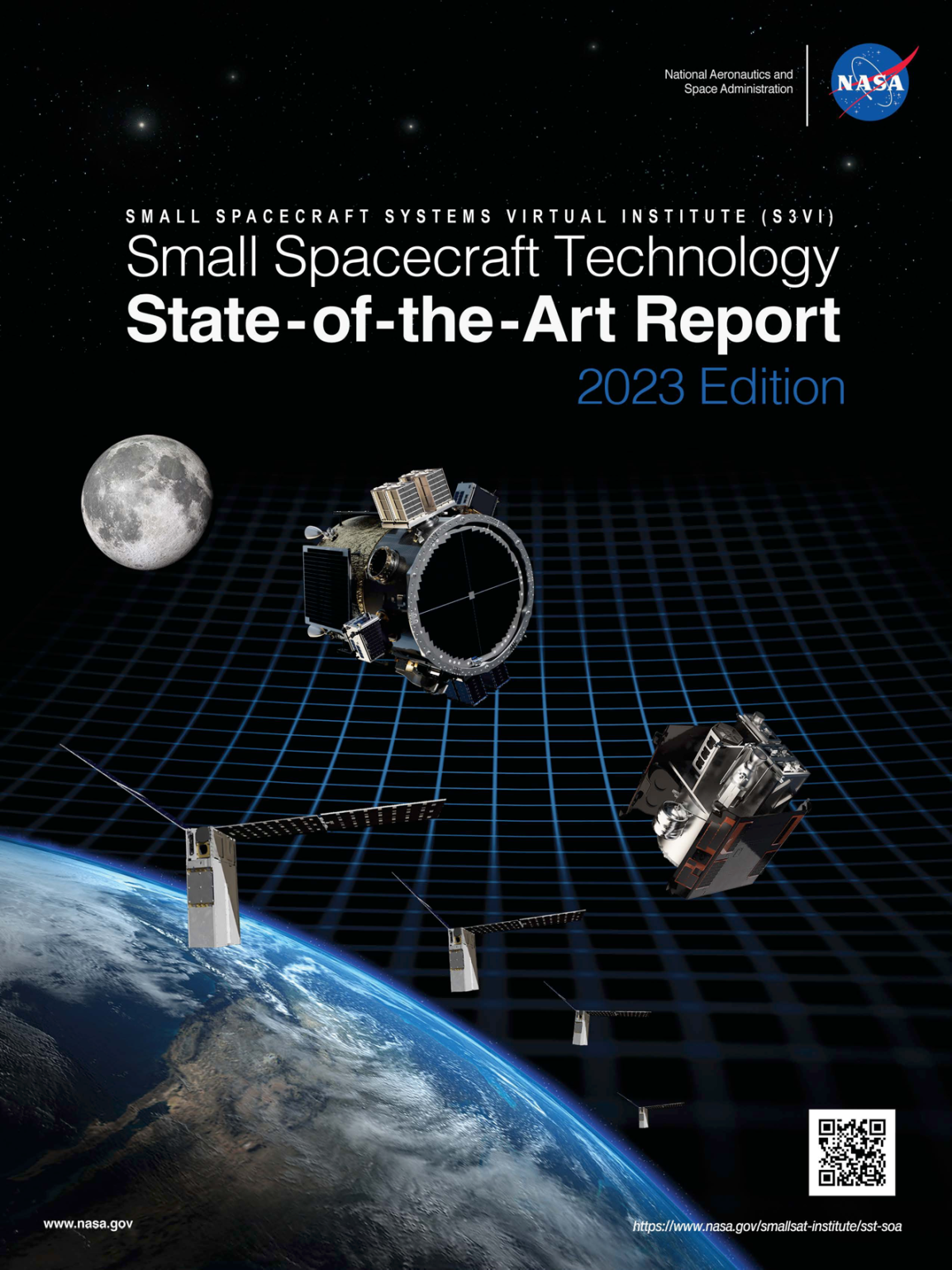NASA has selected nine university teams to collaborate on the development and demonstration of new technologies and capabilities for small spacecraft. Beginning this winter, each university team will work with NASA engineers and scientists on two-year projects.
These collaborations are directed toward making small spacecraft, some of which weigh only a few pounds, into powerful and affordable tools for science and exploration missions. This is the fourth round of projects selected under the Smallsat Technology Partnerships initiative, managed by the Small Spacecraft Technology program within NASA’s Space Technology Mission Directorate (STMD).
“U.S. universities are great partners for space technology research and development and this may be especially true with small spacecraft,” said Chris Baker, the Small Spacecraft Technology program executive. “The ability for educational institutions to take technology from the laboratory to orbit with low cost small spacecraft provides an immense source of innovation and fresh perspective in the development of new space capabilities.”
Proposals were requested in three topic areas: instrument technologies for small spacecraft; technologies that enable large swarms of small spacecraft; and technologies that enable deep space small spacecraft missions.
The selected project teams will have the opportunity to establish a cooperative agreement with NASA, through which each university will be funded up to $200,000 per year. As part of the agreement, researchers and technologists from NASA’s centers across the country will collaborate in the project work.
The following university teams were selected from a highly competitive pool of proposals:
- “Active Thermal Architecture for Cryogenic Optical Instruments,” Utah State University in Logan, collaborating with NASA’s Jet Propulsion Laboratory (JPL) in Pasadena, California
This award will develop a system-level thermal control solution for electro-optical instrumentation on 6U and larger CubeSats. Building on prior work, this current effort will produce a proto-flight unit thermal system with an additively manufactured deployable radiator, vibration isolation for the cooled detector, and the required mechanisms and elements for deploying the actively controlled radiator. - “SPRINT: Scheduling Planning Routing Intersatellite Network Tool,” Massachusetts Institute of Technology in Cambridge, collaborating with NASA’s Goddard Space Flight Center in Greenbelt, Maryland and NASA’s Ames Research Center in Silicon Valley
This award will develop a software tool that schedules satellite observations, intersatellite crosslink communications, and downlink activities to enable large constellations of hundreds of resource-constrained small satellites for scientific observation. At completion of the effort, the software will be delivered as a complete open-source package. - “High SPecific-impulse Electrospray Explorer for Deep-space (HiSPEED),” Massachusetts Institute of Technology collaborating with JPL
This award will address the current life limitations of electrospray thrusters by developing a staged system that will eject degraded thruster heads, revealing new thruster heads beneath. The thruster heads are currently the life-limiting component of the system and staging multiple thruster heads may be a low-cost way to extend the life of the overall thruster. - “Autonomous Nanosatellite Swarming using Radio Frequency and Optical Navigation,” Stanford University, California, collaborating with NASA’s Ames Research Center
This effort integrates novel dynamics, guidance, navigation, and control algorithms to overcome current limitations for autonomous operations in the vicinity of near-Earth objects (NEOs). The algorithms developed will enable autonomous fuel-optimal operations for a swarm of spacecraft and onboard characterization of NEO shape, gravity, and dynamical properties while remaining compatible with commercial-off-the-shelf CubeSat systems. - “Application of Machine-learning Algorithms for On-board Asteroid Shape Model Determination and Spacecraft Navigation,” University of Arizona in Tucson, collaborating with Michigan State University in East Lansing, and NASA’s Goddard Space Flight Center
This effort is designed to address challenges associated with navigation around asteroids and precision targeting of asteroid surface locations for sample collection by applying natural cognitive algorithms (commonly referred to as machine learning) to perform on-board image processing and shape model generation of asteroids. - “Move to Talk, Talk to Move: Tightly Integrated Communication and Controls for Coordinated Swarms of Small Spacecraft,” Colorado School of Mines in Golden, collaborating with JPL
This effort will develop and evaluate algorithms for dynamic spacecraft networking and network-aware coordination of dissimilar multi-spacecraft swarms and sub-swarm ensembles for distributed data collection around small-bodies or other targets of interest. An integrated prototype system using a swarm of unmanned aerial vehicle (UAV) drones will be tested in an underground mine to evaluate the algorithms in a challenging wireless network environment. - “Enabling Deep Space SmallSat Missions using Magnetoshell Aerocapture,” University of Washington in Seattle, collaborating with NASA’s Langley Research Center in Hampton, Virginia
This effort builds off of a NASA Innovative Advanced Concepts study exploring a technology that can enable aerocapture and orbit insertion using magnetic fields and plasma instead of a physical decelerator. Magnetoshell aerocapture could be enabling for interplanetary small spacecraft missions where the size and weight constraints of low-cost small spacecraft can prohibit the carriage of sufficient propellant, physical aeroshell or other deceleration devices for orbital insertion, braking, or atmospheric entry. - “Distributed Attitude Control and Maneuvering for Deep Space SmallSats,” Purdue University in West Lafayette, Indiana, collaborating with NASA’s Goddard Space Flight Center and NASA’s Marshall Space Flight Center in Huntsville, Alabama
This award will further develop a film-evaporation micro-scale thruster that uses water as a propellant for precision pointing and attitude control of small spacecraft and deployable structures. - “Milli-Arcsecond (MAS) Imaging with Smallsat-Enabled Super-resolution,” University of Illinois, Urbana-Champaign, collaborating with NASA’s Goddard Space Flight Center
This award will conduct laboratory testing of novel computational diffractive optical sensing and advanced image processing that makes use of small satellite formation flying to enable extremely high-resolution imaging capability that is otherwise unattainable with conventional approaches.
“These partnerships between the university community and NASA help cultivate the rapid, agile and cost-conscious small spacecraft approaches that are evolving in the university community, as well as increase support to university efforts and foster a new generation of innovators for NASA and the nation.” said Jim Cockrell the Small Spacecraft Technology program chief technologist.
Managed by NASA’s Ames Research Center in California’s Silicon Valley, the Small Spacecraft Technology program expands U.S. capability to execute unique and more affordable missions through rapid development and in-space demonstration of capabilities for small spacecraft that are applicable to exploration, science, and the commercial space sector. The program enables new mission architectures through the use of small spacecraft while seeking to expand the reach of small spacecraft to new destinations and challenging new environments.
For more information about the Small Spacecraft Technology program, visit:
https://www.nasa.gov/smallspacecraft/
For more information about NASA’s small satellite activities, visit:































